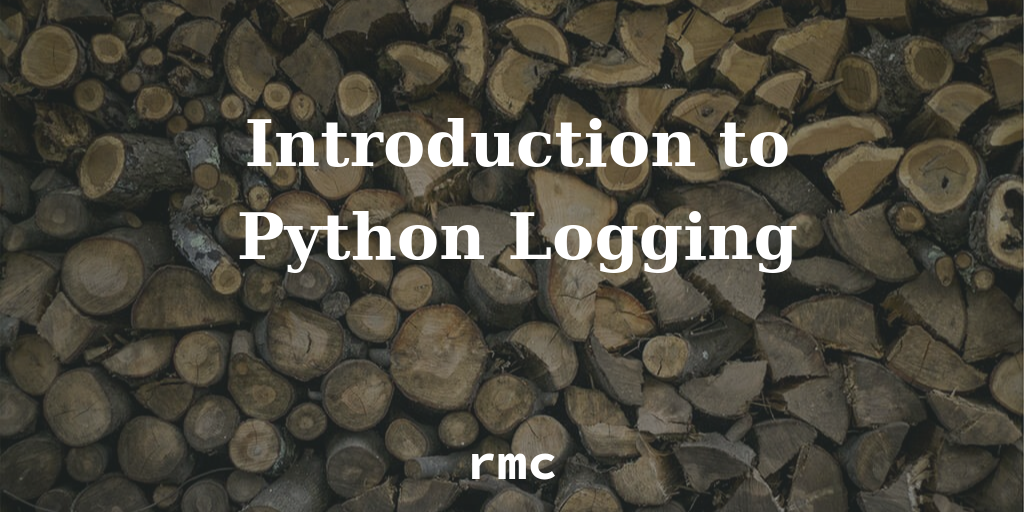

- #Python syslog client how to#
- #Python syslog client install#
- #Python syslog client code#
- #Python syslog client trial#
# Create a producer client to send messages to the event hub.
#Python syslog client code#
Paste the following code into send.py: import asyncioįrom import EventHubProducerClient This script sends a batch of events to the event hub that you created earlier.

Open your favorite Python editor, such as Visual Studio Code.Ĭreate a script called send.py. In this section, you create a Python script to send events to the event hub that you created earlier. You use the connection string later in this quickstart. Then, get the connection string for the Event Hubs namespace by following instructions from the article: Get connection string. To create a namespace and an event hub, follow the procedure in this article. The first step is to use the Azure portal to create a namespace of type Event Hubs, and obtain the management credentials your application needs to communicate with the event hub.
#Python syslog client install#
Install the following package for receiving the events by using Azure Blob storage as the checkpoint store: pip install azure-eventhub-checkpointstoreblob-aioĬreate an Event Hubs namespace and an event hub. To install the package, run this command in a command prompt that has Python in its path: pip install azure-eventhub Python 2.7 or 3.6 or later, with PIP installed and updated.
#Python syslog client trial#
If you don't have an existing Azure account, you can sign up for a free trial or use your MSDN subscriber benefits when you create an account. To use Azure services, including Azure Event Hubs, you need a subscription. To complete this quickstart, you need the following prerequisites: If you're new to Azure Event Hubs, see Event Hubs overview before you do this quickstart.
#Python syslog client how to#
If you need help to do so, leave me a comment below and I will be happy to help you.This quickstart shows how to send events to and receive events from an event hub using the azure-eventhub Python package. So I've made some changes to pack certificate and send messages in cryptography mode. String ret = message.Replace( " |", " \\|") Ī customer asked me to send message via TCP in security certificate mode. Private string getNormalizeCEFMessage( string message) Return getNormalizeCEFMessage(_field.FieldValue) Return _vendor + _product + _id + _field.FieldName Public CEFField( string Vendor, string Product, int Id, Field Field)

Ret += " " + item.Key + " =" + item.Value The third class is CEFField which creates the custom field needed to send table record fields information.ĬEFClient c = new CEFClient("YourName", "YourProduct") Ĭ.SendAsync(message, action, user, Level.Information, new List()) įields.Add(new Field() ", The second class is CEFParser which is the core to transform messages in CEF format. In this method, there is a parameter " fieldList" which is a container of a list of pair couples formed by name/value which represents the name and value (always in string format) of a table record field. Then CEFClient presents two public methods to send messages in sync or async mode. In the constructor, it stores the Vendor and Product keys for use in the flow, then it builds information about the local server which will be the client of SysLog server. The first class is CEFClient, it is public and exposes the methods for send messages. The small library is composed of three classes and one enum (for severity level messages). Also, I had to search for how to send CEF messages, (that by SysLog are intended as files), to SysLog server via TCP.

No CEF libraries found on the internet, so I started to write my own code by looking at the ArcSight guidelines. In ArcSight guide, there are a lot of keys where to store information, but the problem is: how to send it for a table record?įortunately, ArcSight offers custom key/values you can set and send, with some limitations: data will be retained from syslog but will not appear in reports however customer can export data, so we used it this way. BackgroundĬEF messages to SysLog servers are intended for use with device (i.e., IoT devices) but a customer asked me to use it for logging actions of users. It can be a useful starting point for writing more complex CEF messages if you need to. This code offers the way to send messages in CEF format for logging events such as Login, Logout, insert, modify or delete records in a table with fields values.


 0 kommentar(er)
0 kommentar(er)
